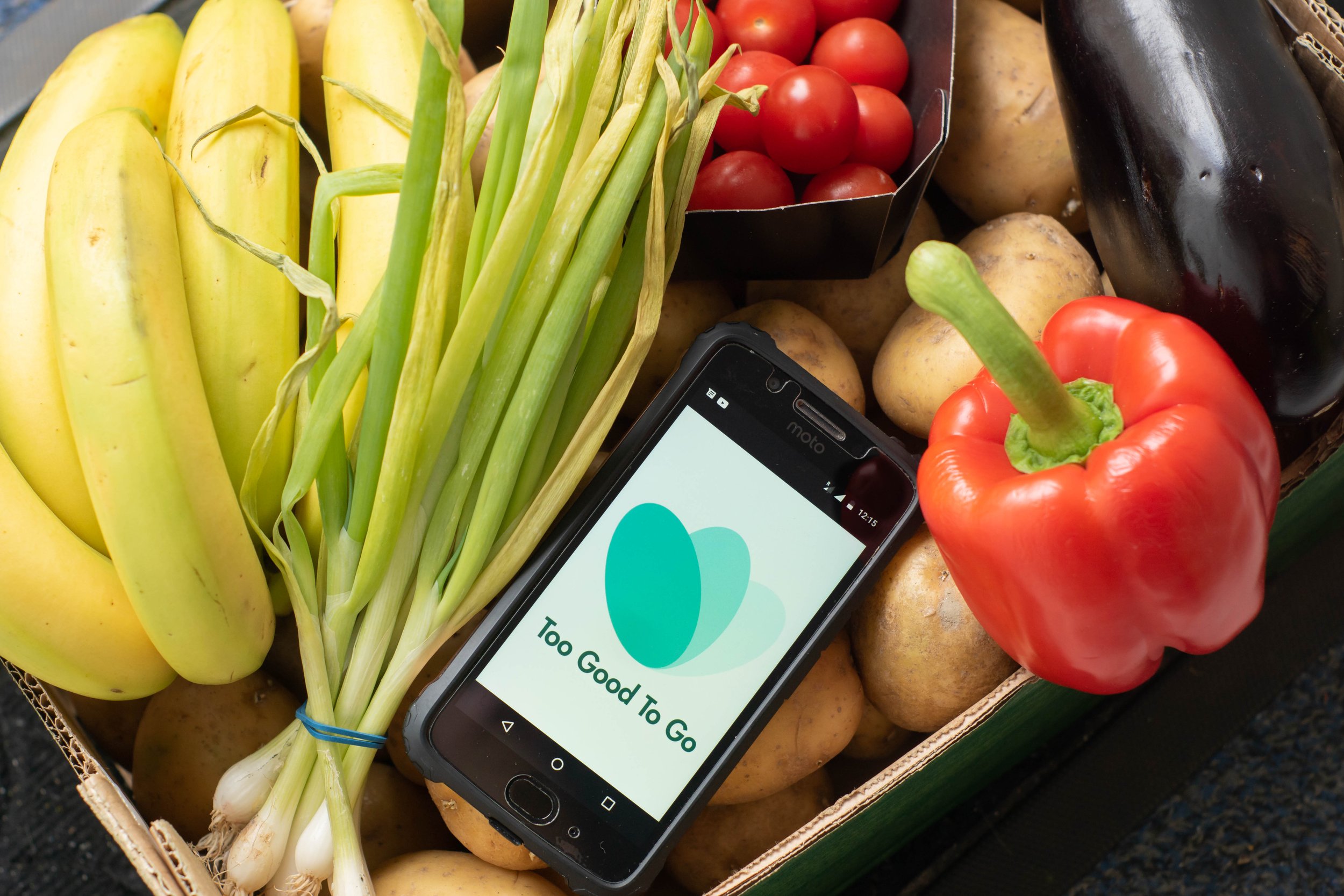Service Design That Is Good For Profit And Planet
According to Stefanie Wurst, Director of BMW Group Netherlands, sustainability and financial health are increasingly converging. The brand sees Europe’s ambitious Green Deal as an opportunity to take leadership toward the future of mobility. And yet, many CEOs still see sustainable legislation as a threat to their business model instead of an opportunity.
Global warming has already transformed life beyond recognition, and businesses must be aware of their contribution to climate change and take action. The standard steps stay within the now remote office/home building, cutting energy consumption, prioritizing virtual meetings and recycling the office paper and coffee grounds.
Other businesses take a step further and look at certified frameworks to achieve this goal, such as certified B corporations. The B corps framework provides a set of standards that companies strive to achieve involving societal challenges, making them stand out among customers. Patagonia, Danone and Ben & Jerry's are some B corps that have proven to be very profitable.
But other companies take even bolder action. They embed sustainable value-creation in their offerings, such as putting circular business models in place. On-demand, product as a service and the sharing economy are only some of the ways to create value-added services with the planet, people and profit aligned. If you think this might be difficult, here are some simple steps to start:
1. To make sustainability part of your design system, start with a pilot project.
Sustainability is more than a single product or even a type of industry to be part of — it is a way of operating and consuming. However, integrating such practices into a company’s DNA might take time, as learning and advocacy have to be done. And without a star business case, what is the proof?
From a consumer standpoint, we buy great services that feel familiar and fun, not only because they are purely more sustainable. Give consumers all the reasons to be sustainable by creating or rethinking one of your service offerings. Make it better than the traditional ones, with the extra benefit of being better for the environment.
Shutterstock
Startups are especially good at connecting both perspectives, as they are small and adapt fast. Danish company Too Good to Go did a great job of making sustainability natural for its consumers by offering almost-expired food from catering, shops and restaurants at lower prices at the end of the day. With a zero-waste culture, it transforms surplus food into profits with an experience that is relatable to consumers: It works like any food pickup service, with the benefit of being cheaper and environmentally friendly.
2. Focus on service ecosystems instead of standalone offers.
One of the pillars of the circular economy is to keep products and materials in use. A CEO might find this contradictory when trying to grow their business, but profit and reducing overconsumption can walk hand in hand and still generate growth.
Companies that create an ecosystem around value-added services can encourage less consumption without compromising economic growth. Think about providing high-quality products that last longer but also all the servicing that comes with it. This approach is possible through some of the business models we mentioned earlier, restorative by design.
In the Netherlands, e-commerce company Coolblue is jumping on this boat and strengthening its position as a conscious brand. It created an energy ecosystem with a plethora of products and services that cover home energy, such as clean supply, energy-saving white goods, energy monitoring and even solar panels. This unique positioning in the market drives far more customer and brand value and has become the heart of the company's business model. It figured out a way to sell more by making people consume less.
3. Think like a service provider.
If you focus on keeping products in circulation, you won't have to focus on producing more. By becoming a service provider, you won't have to spend energy reaching new audiences or increasing your sales force. You will build a long-term relationship with your existing audience, providing them with value and reliability, resulting in recurring revenue.
Shutterstock.com
MUD Jeans offers more flexibility to its customers without doing fast fashion. Instead, it turned its business into a leasing membership where people can use a pair of jeans for 12 months and then decide to swap for a new one or buy the ones they already have. The company uses recycling as a strategy to avoid price fluctuations — its jeans are made from 40% recycled content (discarded pairs sent by their customers in exchange for a discount).
What can you do?
Becoming a more sustainable business does not mean that you cannot produce new goods and services or that you have lower profits. It is a matter of having the smallest footprint possible (or perhaps a positive one) and helping the economy prosper without harming the planet.
Redesigning your established business and service model to accommodate a new requirement may sound challenging and even discouraging, but it is doable and an opportunity to grow. Start small by building a pilot project — a repair service or a small system to test circularity inside your business reality. Start breaking siloed thinking within your organization. Gather a small team inside your company to build partnerships and find the right networks to be part of. All you have to do is start.


